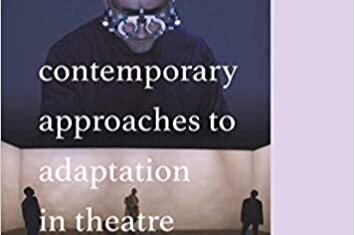CONTROVERSIAL INTENTIONS: ADAPTATION AS AN ACT OF ICONOCLASM IN RUPERT GOOLD AND BEN POWER’S FAUSTUS (2004) AND THE CHAPMAN BROTHERS’ INSULT TO INJURY (2003)
Published by Palgrave Macmillan (2017)
In this chapter I explore the approach to adaptation that Goold and Power developed through their work on a free adaptation of Christopher Marlowe’s Dr. Faustus, which combined Marlowe’s original text with a contemporary narrative featuring the visual artists the Chapman Brothers and their controversial rectification of a set of Goya’s Disasters of War etchings. I argue that Faustus is primarily an adaptation of an adaptation strategy as opposed to an adaption of a narrative. Goold and Power transpose the strategy employed by the Chapmans in their reworking of Goya’s Disasters of War, Insult to Injury to the medium of theatre.
My analysis takes into account the idea of artist intention. Hutcheon has recently argued for the rehabilitation of the idea of intentionality within the field of adaptation studies. While I follow Wimsatt and Beardsely in arguing that intentionality cannot not be drawn from the text alone, I will suggest that where direct extratextual statements of artistic intention are available to us, they are a valuable tool for understanding the creative processe. My analysis of both Goold and Power’s and the Chapman’s work will confront the finished artworks with their authors’ intentions. These intentions will be used as, not as a benchmark against which to judge the success of the finished artwork, but as a key to unlock the how’s and why’s of the adaptation process.
Click here to purchase a copy of the article.
